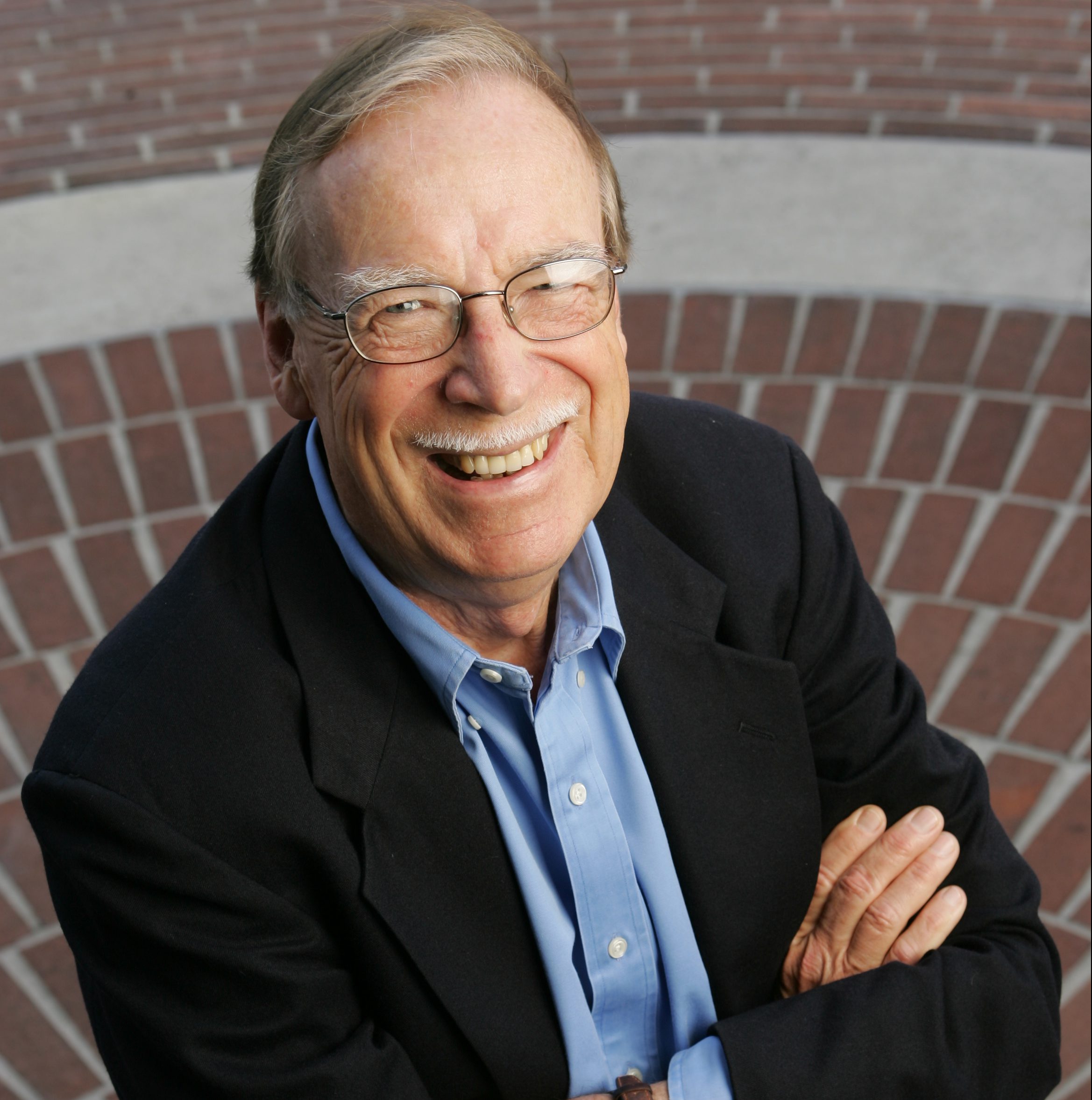Easterlin paradox, which reports that happiness has not increased despite continued growth in average income
(Kim & Ohtake 2014. Status Race and Happiness: What Experimental Surveys Tell Us. Policy Study 2014-01, KDI)
The Easterlin Paradox is a key concept in happiness economics. It is named for the economist and USC professor Richard Easterlin, who discussed the factors contributing to happiness in a 1974 book chapter.[1] According to the University of Kent, the paradox explains that, “high incomes do correlate with happiness, but long term, increased income doesn’t correlate with increased happiness”.
Easterlin found that within a given country people with higher incomes were more likely to report being happy. However, in international comparisons, the average reported level of happiness did not vary much with national income per person, at least for countries with income sufficient to meet basic needs. Similarly, although income per person rose steadily in the United States between 1946 and 1970, average reported happiness showed no long-term trend and declined between 1960 and 1970. The difference in international and micro-level results fostered an ongoing body of research.[2]
Recent research has utilised several measures of happiness, including biological measures,[citation needed] showing similar patterns of results .[citation needed] This goes some way to answering the problems of self-rated happiness[quantify]. The claim was later taken up by Andrew Oswald of the University of Warwick in 1997,[3] driving media interest in the topic.
In 2003 Ruut Veenhoven and Michael Hagerty published a new analysis based on including various sources of data, and their conclusion was that there is no paradox and countries did indeed get happier with increasing income.[4] In his reply Easterlin maintained his position, suggesting that his critics were using inadequate data.[5]
In 2008, economists Betsey Stevenson and Justin Wolfers, both of the University of Pennsylvania, published a paper where they reassessed the Easterlin paradox using new time-series data. They conclude like Veenhoven et al. that, contrary to Easterlin’s claim, increases in absolute income are clearly linked to increased self-reported happiness, for both individual people and whole countries.[4][6][7][8][9] The statistical relationship demonstrated is between happiness and the logarithm of absolute income, suggesting that happiness increases more slowly than income, but no “saturation point” is ever reached. The study provides evidence absolute income, in addition to relative income, determine happiness. That is in contrast to an extreme understanding of the hedonic treadmill theory where “keeping up with the Joneses” is the only determinant of behavior.[9]
In 2010 Easterlin published data reaffirming the paradox with data from a sample of 37 countries.[10][11] In a report prepared for the United Nations in 2012 [12] Richard Layard, Andrew Clark and Claudia Senik point out that other variables covary with wealth, including social trust, and that these, and not income, may drive much of the association of GDP per capita with well-being.


